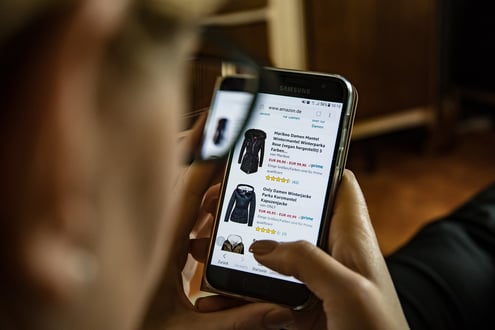Marketers and market researchers are looking for new ways to understand online consumer behavior. Since the commercial internet became available in the mid 90s, new needs emerged as consumer behavior rapidly started to change. With the arrival of Web2.0, the interactive internet, the speed of change in consumer behavior has dramatically increased. Things will never be this easy again.
Fortunately, many new ways to collect data on consumer behavior have arrived. Unfortunately however not a lot of research has been done to understand how to apply these new data collection methods for market research. We believe we need to study this.
During ESOMAR Congress in New Orleans, Netquest and UPF RECSM presented a paper on how to combine different types of data, to allow brands and researchers to get the full picture on consumer behavior. In our research we focused on the combination of declared data and behavioral or passive data.
Declared and passive data
Declared data is collected by asking questions on opinions, motivations and context. Passive data is collected by observing consumers, for instance using passive metering technology, or tracking software. Passive data includes observations on websites consumers visit or mobile apps consumers use on their smartphones.
Evidence already exists that survey based data collection combined with passive or observed data collection helps to generate the full picture of online consumer behavior. In this new research paper, we focus on three ways in which combining declared and behavioral data might help researchers.
Our study
We implemented a commonly used research design using survey based and behavioral data collection in two different markets in which we asked research participants to complete a brand perception, usage and attitude survey on 8 different airline companies.
Combining declared and passive data improved the study
We found that using behavioral data to select the sample increased the participation and efficiency in the data collection. It also improves data quality. And it fosters a better research experience. At the same time we do observe that the respondent's profile is different for survey data collection compared to behavioral data collection - this however can be resolved by applying quotas or weighting.
A key part of our study focused on understanding whether by getting closer to the moment of truth, we could find a further improvement in efficiency, quality and user experience. To do this we compared sample that was invited to participate in the research looking back up to two months in passive data already collected with sample invited up to 48 hours after the moment of truth occured. And finally we invited people directly in the moment of truth, by using a pop-up notification.
using behavioral data as the source to select the sample improved efficiency, quality and user experience
Closer to the moment did not improve the study further
As said, using behavioral data as the source to select the sample improved efficiency, quality and user experience compared to classic surveying, without have any additional information available. We found that when selecting sample within 48 hours after the moment of truth occured, in this case visiting the webpage of the respective airline company, did not further improve the measures as expected. But it does not harm the response rates either.
The results were robust as we compared data collected in different countries, even though we found some small differences.
We should continue to study how to combine different types of data
During the presentation at ESOMAR we asked our audience to participate in a mini-survey. We asked to help us decide whether or not to continue with our research into the direction of in the moment insights generation. In under 4 minutes, roughly 100 people answered our mini-survey. About 85% of our audience wants us to continue.
Thank you for your time, and your attention.



